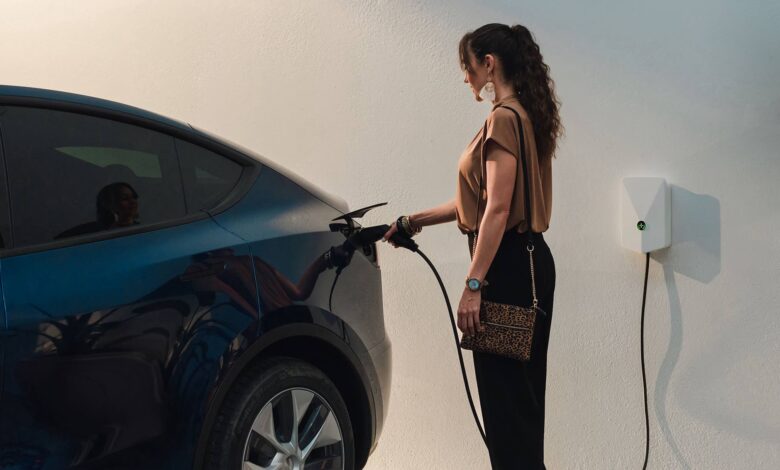What’s the real risk from electric vehicles in apartments?

Jennifer Hewett at the Australian Financial Review wrote an article on electric vehicles and fire safety this week, identifying a case where an insurer’s decision to oppose EV charging in a building in Queensland is causing disruption for residents.
The CEO of the Insurance Council of Australia – an organisation that’s usually on the front foot with regard to acting to deal with climate change – made several statements for the article which warrant a closer look, and a response from us at the EVC.
He said: “If you are building an apartment block or a house these days from scratch, you put in very different safety designs around the charging of your EV”
The regulations governing installing EV charging equipment are the same, regardless of whether it’s a new build or old. Electricians installing electrical equipment (including EV chargers) in old buildings often upgrade the upstream electrical equipment, in accordance with well established regulations.
And, there’s no evidence that connects the charging of the road registered electric cars with increased risk….. e-scooters and e-bikes are a different kettle of fish, because they’re nowhere near as heavily regulated as cars.
“In older apartment blocks, a lot of the car parks sit below services like gas, so great care has to be taken where the charging will take place,”
There’s no evidence driven reason to refrain from putting EV charging equipment below gas lines in car parks – because the evidence doesn’t show that charging cars increases the risk.
If a car fire in a particular location is an unacceptable risk, the solution is to prevent cars from parking there, because sometimes cars burn, regardless of what their energy source is.
Hospital design, for example, may include not putting car parks underneath areas that cannot easily be evacuated.
“The fire brigade needs good access to be able to put out these types of fires and quite often you can’t get a fire truck down there.”
This applies equally to petrol and diesel car fires, which happen 10 to 20 times more frequently than electric car fires.
“We need to focus more carefully about where EV charging is happening. There are probably going to be quite a deal of safety upgrades required.”
We agree with the first part – if we don’t make EV charging readily available where people want it, the transition to EVs will be slowed. The second part is not supported by evidence.
It’s not surprising that the CEO of the Insurance Council of Australia is taking these positions. If the perception is created that parking or charging EVs in buildings creates a higher risk, that will lead to insurers raising premiums when their customers switch to EVs…. And if the risk isn’t actually any greater, then the increase in premiums will be profit for the insurers.
Happily, there’s an easy path through this challenge for most buildings. If you’re representing an Owners Corporation looking to support EV charging in your building:
- Call your insurance broker first and ask them to notify your existing insurer of your intent.
- If your existing insurer seeks to take you down a path of expensive fire safety retrofits or significantly increased premiums, ask your broker to find you other options.
- When you identify and switch to a new insurer, make sure your existing insurer knows why they lost your business.
Anyone who has ever bought insurance knows the value of shopping around, and looking closely at the price. Over time, market competition will likely sort this out.
The other path for an Owners Corporation, which we’ve seen tried, is to try to stop residents from parking EVs in their buildings.
That’s an approach that’ll slow down the transport sector’s efforts to decarbonise, and which will keep air quality in our buildings and cities lower for longer, which is bad for our health.
But, purely from an Owners Corporation perspective, this is a path to reduced property values within the next few years, because every tenth car being sold in Australia today is an EV. Residents will want to be able to park their electric cars in their allocated car parking spaces and charge them there, just like people who live in houses do.
Buildings that support what the residents want will be preferred over buildings that don’t. New apartment buildings across the country are going up ‘EV ready’, in accordance with the National Construction Code – so it’s up to the existing building stock to keep up.
The real risk to Owners Corporations in existing apartment buildings from EV charging isn’t fire. It’s that pretty soon, failure to support EV charging for residents within the building will damage property values and rental returns.
Ross De Rango is head of Energy and Infrastructure at the Electric Vehicle Council



